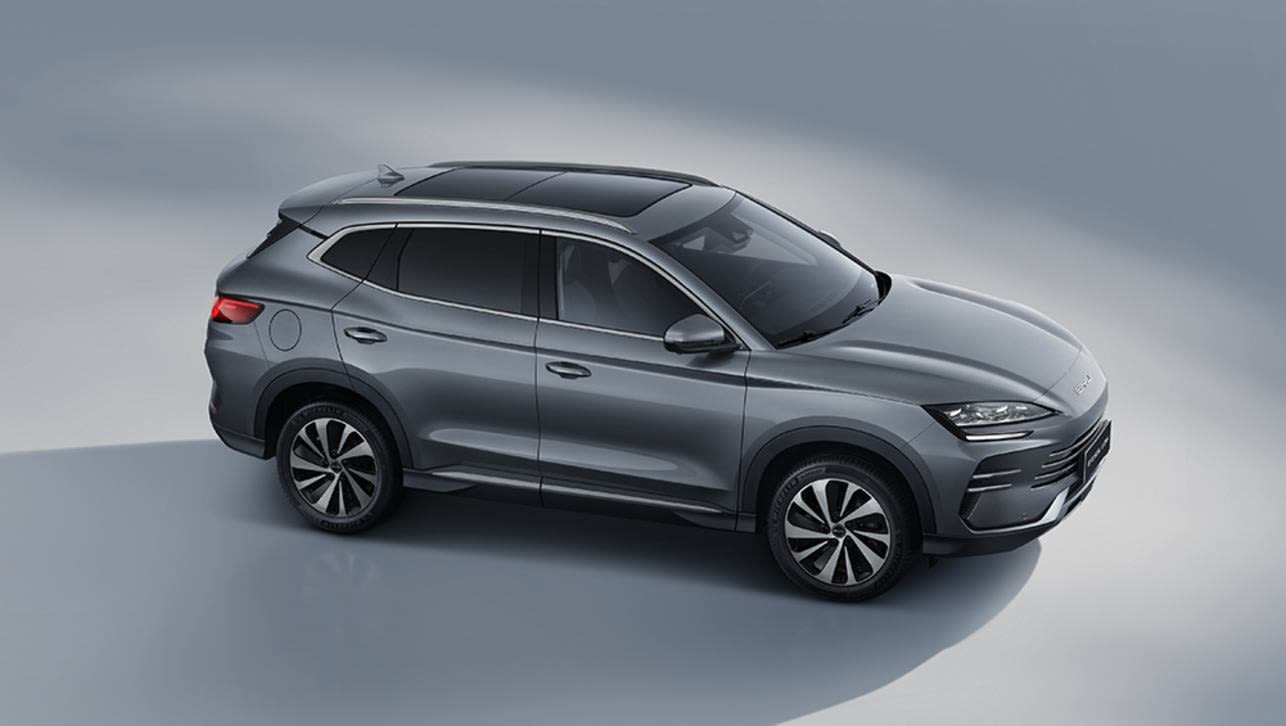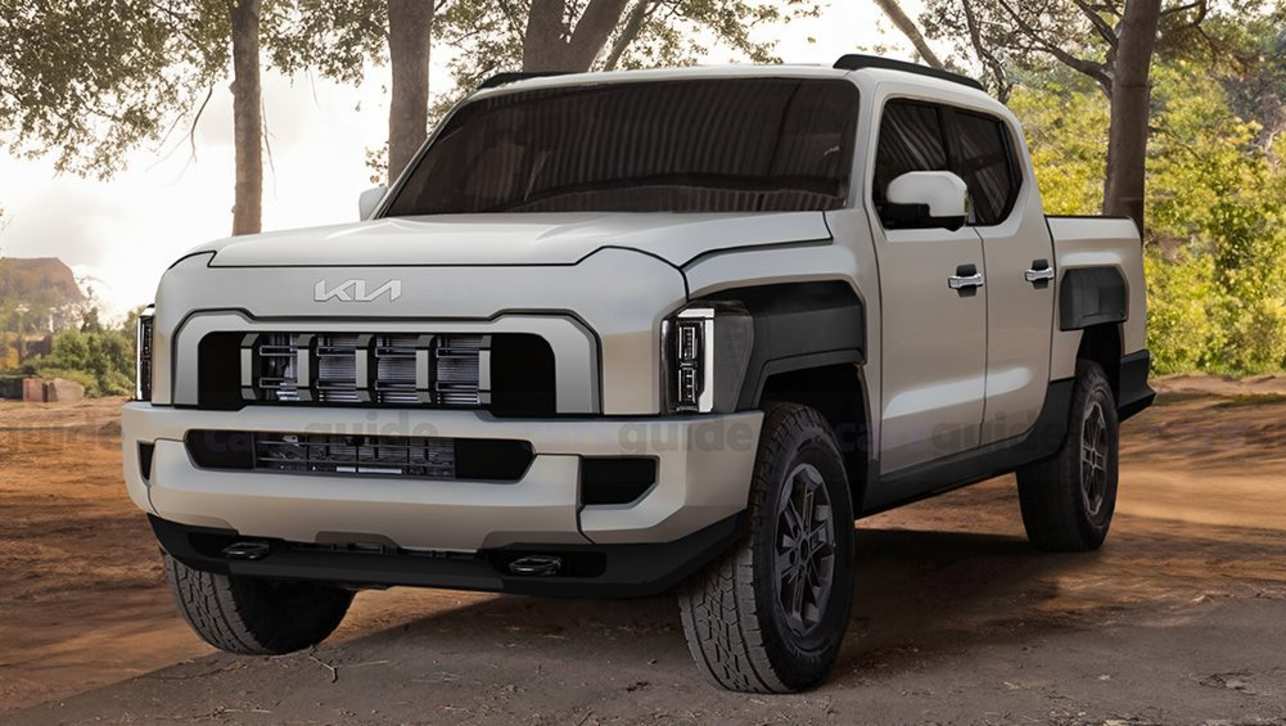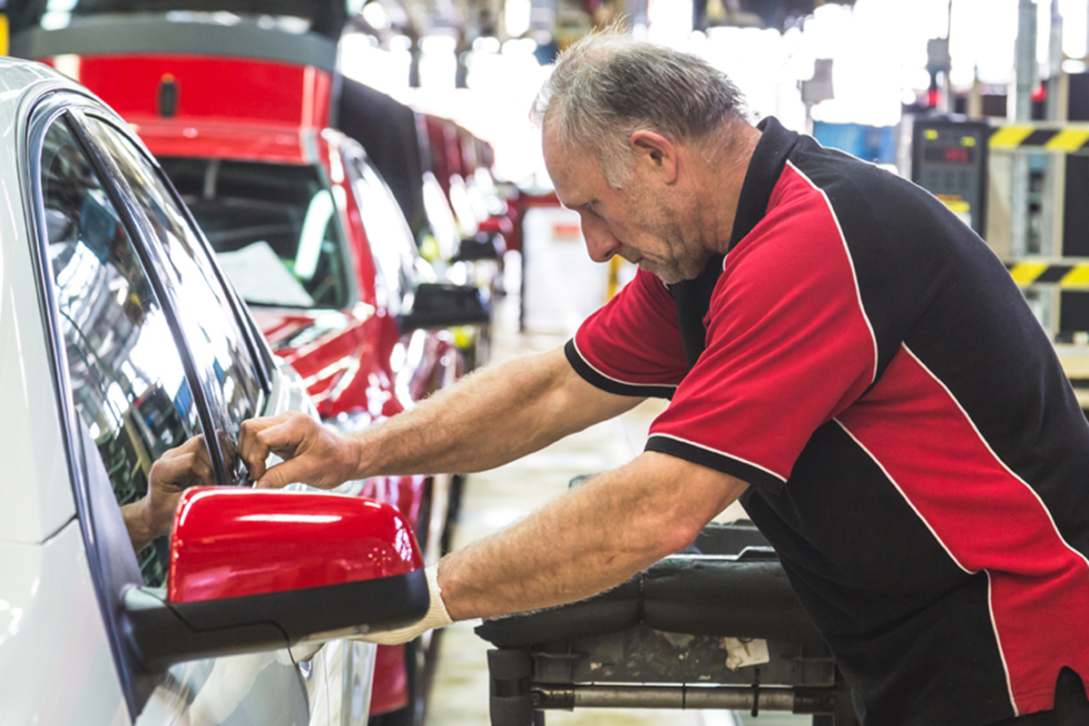After 69 years of car manufacturing and 7,687,675 vehicles produced, Holden's production lines have stopped rolling for the final time today following the closure of its last remaining factory in Elizabeth, South Australia.
The final vehicle to roll out of the Elizabeth plant at 10.45am Adelaide time was a VFII Commodore SS-V Redline Sedan finished in 'Red Hot' paint with a six-speed manual gearbox.
This historic car will be joined by the last examples of the Caprice (V V8 automatic in 'Switchblade'), Calais (V V6 automatic in 'Son of a Gun') and Commodore Ute (SS automatic in 'Light My Fire') as part of the Australian carmaker's classics collection.
A private ceremony for employees was held following the final vehicles' completion, with tribute paid to the generations of men and women that contributed to local car manufacturing.
Elizabeth factory held their heads held high after achieving a ' right first-time ' quality rate of above 98 per cent in August, higher than any other current General Motors plant.
GM Holden chairman and managing director Mark Bernhard said: “Treating our people with dignity and respect was always our number-one priority during this transition, and we’re all proud we were able to achieve that. We see it as recognition of their dedicated service over the years.
“Right after supporting our people comes ensuring we set Holden up for success for many years to come. The best way we can honour our people and our heritage is by building a successful future, and that’s exactly what we’ll be focused on when Monday rolls around.
“Holden is the icon it is today only because of these passionate people. On behalf of everyone at Holden, I thank you for your service from the bottom of my heart.”
According to GM Holden executive director of manufacturing Richard Phillips, Elizabeth factory workers go out with their heads held high after achieving a 'right first-time' quality rate of above 98 per cent in August, higher than any other current General Motors plant.
“In the final years of production, we have been building categorically the best-quality cars to ever roll out of this plant, and our last car was our best. Together we achieved a string of productivity and quality awards in recent times. Doing so during the closure period is testament to the skills, professionalism and dedication of the team,” he said.
The number of Holden employees working at the Elizabeth factory on its final day was just 945, with 800 workers having already departed following the end of Cruze production last year.
Comparatively, 23,914 people were working across seven facilities in South Australia, Victoria, New South Wales and Queensland at the company's employee peak in 1964.
According to Holden, its employee transition program has helped 85 per cent of retrenched Holden and supply chain workers find new jobs, with the Elizabeth-based centre overseeing this program to remain open for at least two more years.
Despite the Elizabeth plant closure, the Red Lion will retain 1000 direct staff in Melbourne and across its national zone offices, while the 200-strong dealer network employs nearly 6000 people.
Additionally, Holden's design and engineering teams of about 350 staff will continue to work on local and global vehicle and transportation programs, which include the retention of its Global Design Centre and Lang Lang Proving Ground outside Melbourne, Victoria.
Controversially, the iconic Commodore nameplate will live on.
The first home-grown Holden model, a 48-215, was built on November 29, 1948 at the factory in Fishermans Bend, Victoria.
Since then, the carmaker’s local plant operations peaked in 2005 when 153,026 VZ Commodores were manufactured, of which 60,518 vehicles were exported to 10 countries, including to the Middle Eastern and North American markets.
However, Holden enjoyed its highest market share in 1958 when it accounted for 50.3 per cent of national sales.
As for the future, the now full-line importer will continue its product onslaught, which will see 24 new models launched by 2020, including a V8-powered, rear-drive sportscar that spiritually replaces exiting SS-branded Commodore variants.
Controversially, the iconic Commodore nameplate will live on, this time adorning the bootlid of the re-badged but locally tuned Opel Insignia which will go on sale early next year.
Holden's exit from Australian car manufacturing effectively brings an end to the industry after Toyota finished its operations earlier this month while Ford stopped production in October last year.
What are your favourite memories of locally built Holden models? Tell us in the comments below.











.jpg)

.jpg)
.jpg)
.jpg)







.jpg)




.jpg)


Comments